from the archive
In the Spring 2010 edition of Metro Parks’ Parkscope magazine, Brad Sparks wrote about his “Big Year” – the challenge he set himself, to find as many birds as he could within the boundaries of the Metro Parks in 2009 (note, there were 15 Metro Parks in 2009). Brad’s article was so fascinating we decided to restore it from the archive and share with our readers, many of whom will be seeing it for the first time, and many of whom we are sure will greatly enjoy reading it again after an elapse of so many years. We also hope the article will inspire birders to take up Brad’s challenge for themselves, and take on their own Big Year Birding Challenge at the now 20 parks in the Metro Parks system.
Metro Parks: A Birder’s Year
BRAD SPARKS
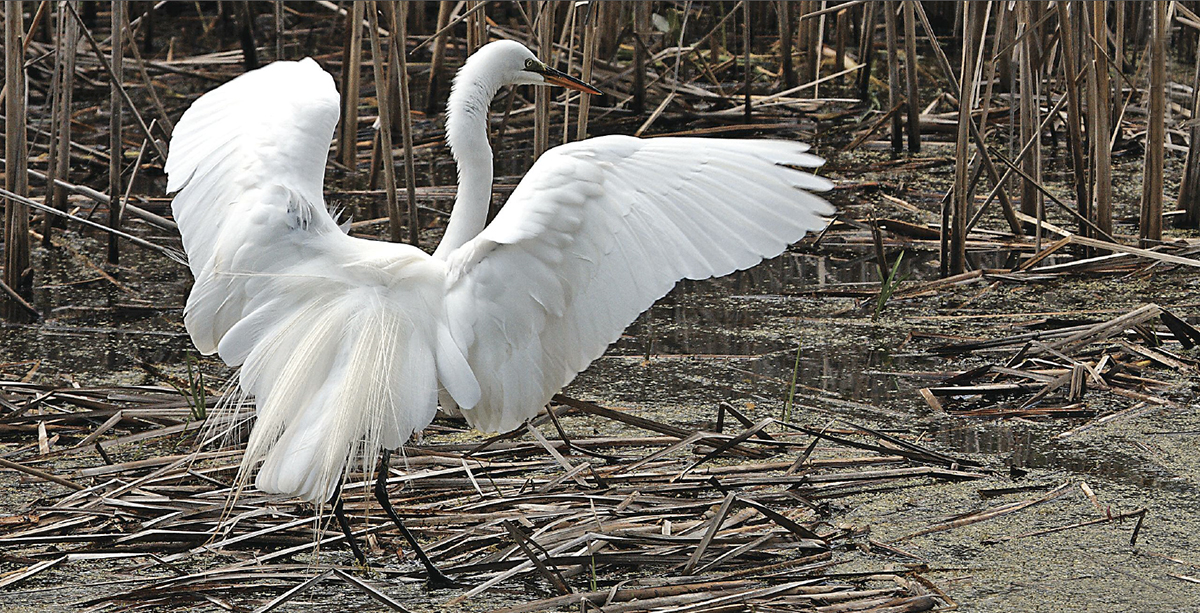
Millions of people in the United States watch birds. Most are content to observe the birds coming to their feeders or they may, on a nice day, look for birds at a local park or duck pond. Other people, myself included, are much more avid about bird watching and are referred to as “birders.”
Birders often go out several times a week in search of birds, regardless of the weather. They visit varying habitats searching for birds and are always hoping to find a rare one. They frequently travel long distances to see new birds.
Most birders love to keep lists and many keep a life list of all of the birds they have ever identified. Some keep life lists for a specific location, such as a country, state, county or park. Another popular list contains all the birds seen in a certain period of time, usually a day or year. When an all-out effort is made to find as many species as possible, these are known as “Big Days” and “Big Years.”
As an avid birder who loves to keep lists, I decided to do a Metro Parks Big Year.
How many species of birds could I find within the boundaries of the Metro Parks in 2009? I decided to do this for several reasons.
First, as far as I could tell after conversations with park employees, no one had ever attempted it before. It would be interesting to see how many species I would be able to find. Second, all of the parks are located within a relatively short drive from my home. This would require less gasoline on my bird- ing trips, and lessen the impact of my birding trips on both the environment and my wallet.
Finally, and probably the most important reason of all, Metro Parks are great for bird watching. The park system boasts an amazing diversity of habitats. From the wetlands of Pickerington Ponds, to the hemlock ravines of Clear Creek and through the prairies of Battelle Darby Creek, you can find many species of migrant and nesting birds.
I was looking forward to a great year of birding in the parks, and it turned out to be more fun than I had ever imagined. I found lots of great birds and learned much about the different Metro Parks. The following is a summary of my big year by season:
Winter
Many people think birds migrate south from Central Ohio in the winter, and this is true to a certain extent. A lot of birds do leave, but many from areas farther north migrate into our area during the coldest months. They include sparrows, finches, waterfowl and birds of prey. Finches and sparrows are attracted to the feeders that can be found outside the nature centers or nearby the naturalist offices. Nature centers are great places to view birds on a cold day and I added quite a few species to my list this way. I saw an out-of-season dickcissel at Blendon Woods, fox sparrows and pine siskins at Blacklick Woods and lots of purple finches at Battelle Darby Creek. You can also see many common species such as cardinals, chickadees and woodpeckers.
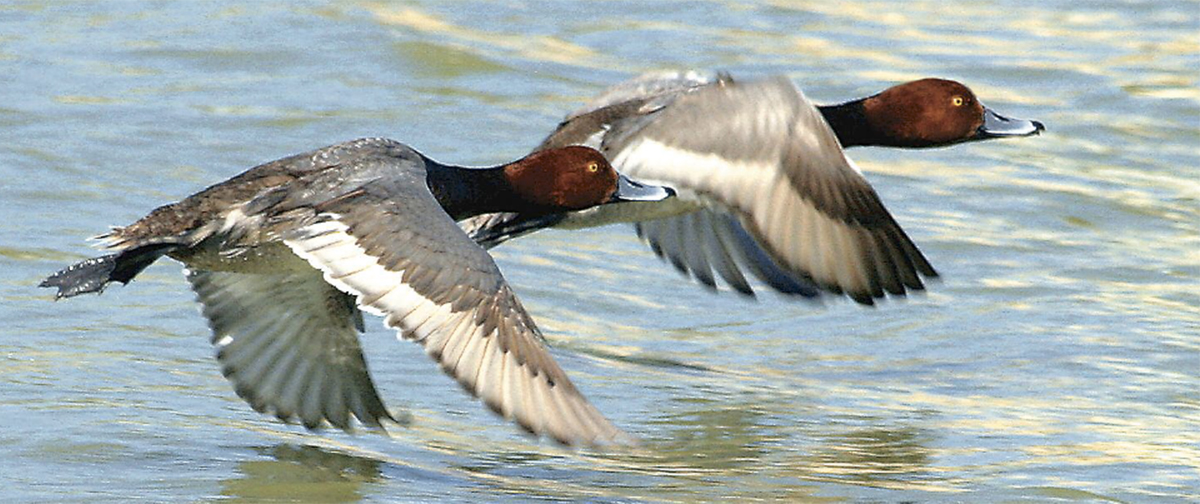
Pickerington Ponds was a great place to bird this winter and I saw many species of waterfowl before the ponds froze. The best birds included a single Ross’s goose and a small flock of four cackling geese (a diminutive version of the Canada goose). Birds of prey were also quite plentiful. I found short-eared, great horned and barn owls as well as rough-legged hawks, northern harriers and bald eagles. The more common red-tailed hawks and American kestrels were around all winter.
The highlight of the entire winter though was finding a white-winged cross-bill at Clear Creek. This bird is a rare winter visitor from the boreal forests of Canada and had been originally found on the Hocking County CBC. I managed to find it several days later feeding in the top of a spruce tree near the famous Leaning Lena rock formation on Clear Creek Road.
Spring
Spring is the season birders look forward to throughout the year. Local nesting birds are returning to set up breeding territories and birds breeding further north are passing through. Best of all, the male birds are in their finest breeding plumage and are singing out as they call for a mate or defend their territory.
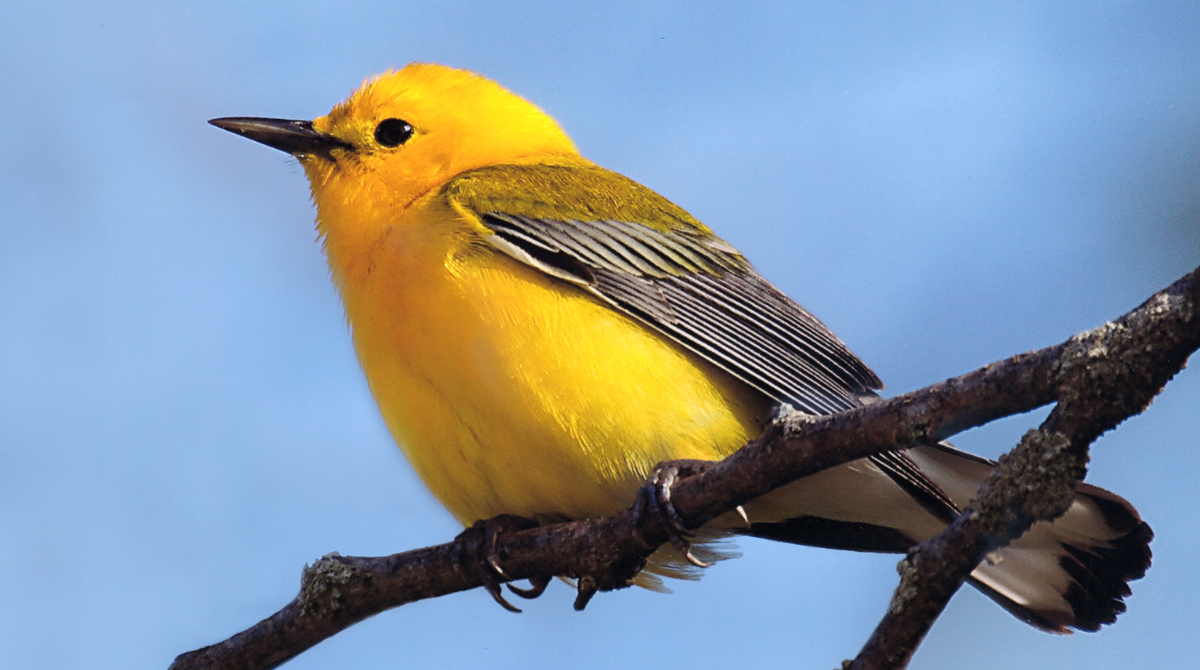
Nothing beats being in the woods at dawn on a May morning, listening to the awakening of the avian world. There is no better place in the park system to experience this than Clear Creek. In May, it is possible to see over 20 species of warblers in this park. It encompasses hemlock ravines, hardwood ridges, great riparian habitat and overgrown fields. You can easily spot worm-eating, cerulean, black and white, hooded, black-throated green and Canada warblers. The highlights of my birding at Clear Creek were seeing an almost incandescent prothonotary warbler as it sang along the creek and finding a pair of broad-winged hawks that seemed to be setting up a breeding territory.
Many of the other parks are great for finding migrant songbirds as well. Urban parks like Blacklick Woods and Highbanks are oases for these birds. Most songbirds migrate at night and as dawn approaches they are drawn to these blocks of habitat. Each day brings different birds, so it’s a good idea to visit these parks frequently to follow the progress of migration.
I saw many great birds during the spring season. Some of my favorite memories are watching a black-billed cuckoo at Chestnut Ridge, soaking in the aerial acrobatics of common nighthawks over Sharon Woods, and listening to the bugling of sandhill cranes at the Slate Run Wetlands. It was an amazing spring.
Summer
Summer can be a slow time of year for birding. The days get hot and the rush of spring migration has passed. Only the breeding birds are left. They are relatively easy to find once they have established their territories. Glacier Ridge, with its expansive grasslands, is a good place to find breeding birds. You can see bobolinks foraging along the ground near the trails, and listen to their squeaky, robotic song. I also found grasshopper sparrows and sedge wrens here, both harder to find in other parks.
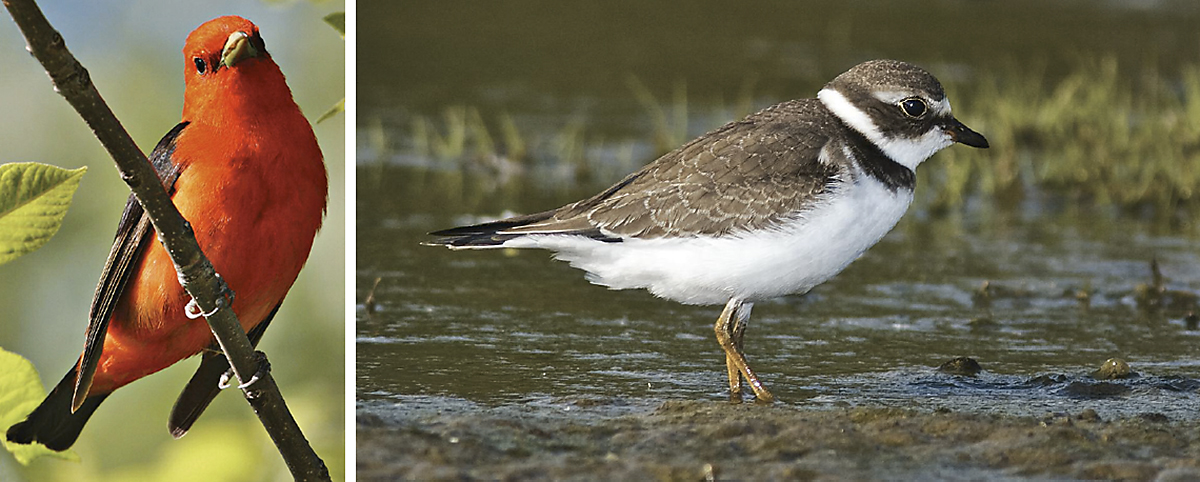
Other breeding-season highlights were finding summer tanagers at Blendon Woods and Highbanks, watching a peregrine falcon soaring over Scioto Audubon, finding vesper sparrows in the newly restored grasslands at Battelle Darby Creek, and watching ospreys raise their young at Pickerington Ponds.
Summer birding gets more interesting in late July and August. This is when shore-birds start their southbound migrations.
The adult birds leave their newly fledged young on the tundra to fend for themselves and head south without them. As the water level in the wetlands at Pickerington Ponds dropped, the emerging mudflats proved irresistible to these shorebirds.
Many birds stopped here to rest and feed, some for a few days, some for only a few minutes. My best shorebird finds were western sandpiper, white-rumped sandpiper, stilt sandpiper and American avocet. I often checked this area daily on my lunch break and it was amazing to see how the species present changed from day to day.
Fall
In the fall, birding becomes extra exciting again. All of the birds that migrated north in the spring now return south on their way to wintering areas. They are somewhat more difficult to identify as the bright plumages of spring are gone and they are not singing much. However, it does make for a good challenge.
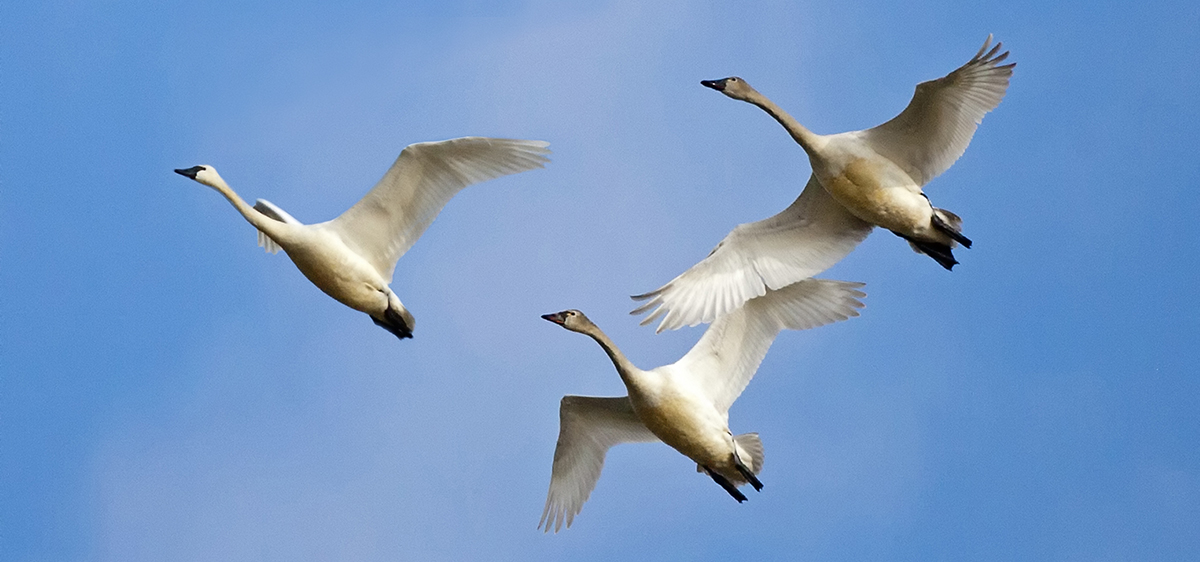
Fall migration gave me an opportunity to look for migrant birds I missed during spring. My lunch-hour birding trips to Pickerington Ponds proved very productive in filling the holes in my list. During fall I was able to add dunlin, long-billed dowitcher, American golden-plover, rusty blackbird, tundra swan, snow goose, merlin, Connecticut warbler and winter wren. A mature bald eagle hung around most of the fall and was always a delight to see.
After several searches, I finally found a pair of black-crowned night herons feeding along the river at Scioto Audubon.
During an early fall Saturday morning birding trip to Blendon Woods, I saw several warblers including an orange-crowned warbler and a Lincoln’s sparrow. Finally, late in the fall I was able to hear two calling eastern screech owls at Slate Run, thanks to park naturalist Andrea Krava. All in all, it was a very productive fall and a great way to end my Metro Parks Big Year.
When I started thinking about doing a Metro Parks Big Year I reviewed checklists and talked with other birders to get an idea of how many species it would be possible to find. I came to the conclusion that with some luck, I would be able to find 200 species. I made this my goal for the Big Year. I must have been lucky, because I ended the year with 215 species.
This included the following species: 26 waterfowl, 12 raptors, 19 shorebirds, five owls, seven woodpeckers, seven flycatchers, all the vireos, all the thrushes, 34 warblers and 15 sparrows. I heard about 15 other species reported in the parks that I was unable to find, so it would have been possible to see 240 this year. I think these are pretty impressive numbers and a testament to the quality and diversity of wildlife habitats found in our Metro Parks.
I really enjoyed exploring them over the past year. Not only did I find great birds, I found some beautiful areas as well. I thank all the park naturalists and other staff members who provided me with information and alerted me to rare birds in their parks.
